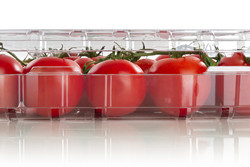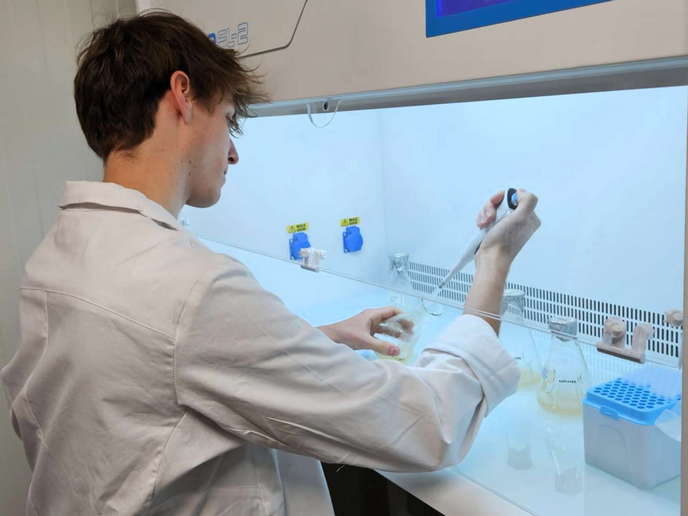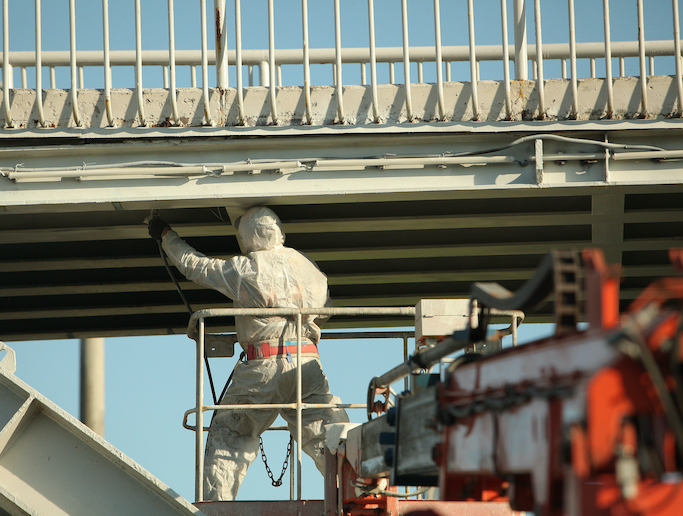Making more recyclable packaging
Current packaging in Europe, whether plastic or derived from petroleum sources, represents close to 18 million tonnes of plastics' consumption, almost 40 % of the total demand. Modified atmosphere packaging (MAP) is used to prolong the shelf-life of minimally processed foods such as cheese and meat. This special packaging must maintain an atmosphere that is appropriate for such food. Researchers of the EU-funded project ADCELLPACK (Advanced cellulose packaging) have been testing advanced cellulose packaging to replace MAP on ready-to-eat cheese slices. Changes to constituents in a manufacturing process called 'thermoforming' will allow the trays to be 100 % recyclable. Bio-based (cellulose) materials combined with polyesters can be an excellent substitute for non-recyclable polymers. ADCELLPACK achieved two main aims. They developed and characterised a paper substrate with improved elongation properties as the basic substrate for packaging. For improved mechanical properties, the researchers also developed biodegradable polymers based on polylactic acid (PLA)/polyglycolic acid blends with different formulations. A common bioplastic, PLA is a thermoplastic polyester derived from renewable resources such as corn starch and tapioca roots. The final optimised structure was validated by comparison with conventional commercial sliced cheese packaging. Shelf life studies yielded acceptable results. Moreover, the new materials showed promising results for headspace analysis, microbiological tests as well as biodegradability. Research by ADCELLPACK has provided a significant knowledge base for development of material properties, particularly those in the renewable arena. Many of the materials have patent potential.
Keywords
Recyclable packaging, non-renewable plastic, advanced cellulose packaging, cheese slices, polylactic acid







